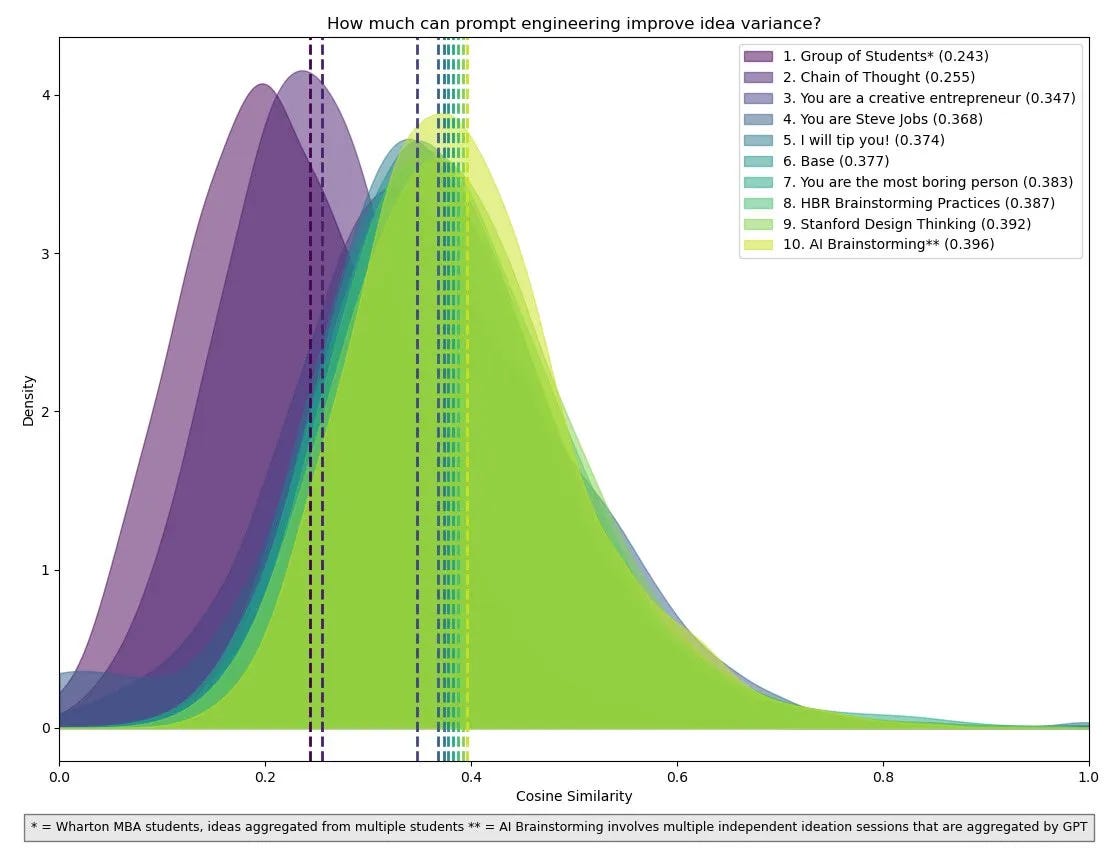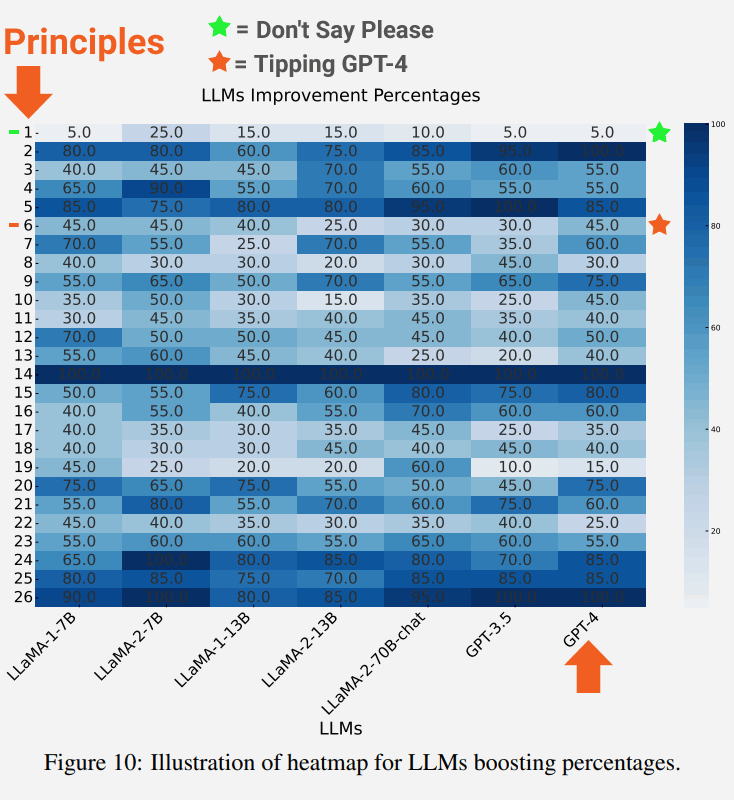🐶🧪🐶7 Science-proven prompting strategies to supercharge ChatGPT
Master Generative AI like a Science Boss
Tired of hit-or-miss results with ChatGPT? Discover research-proven strategies to elevate your prompts and unlock high-quality responses every time.
The Internet is full of prompt secrets, techniques and hacks. Most are pretty bad. They are the kind of mediocre useless content that makes digital experiences so exasperating nowadays.
But this does not mean that how you prompt ChatGPT does not matter. It matters a lot right now. In the previous post we looked at a Universal Prompt Framework. Now let’s expand into specific prompt strategies you can use.
There is lots of prompt advice out there. Not all of it work. So these are prompt strategies which academic research has proven significantly improved the quality of the results.
They are:
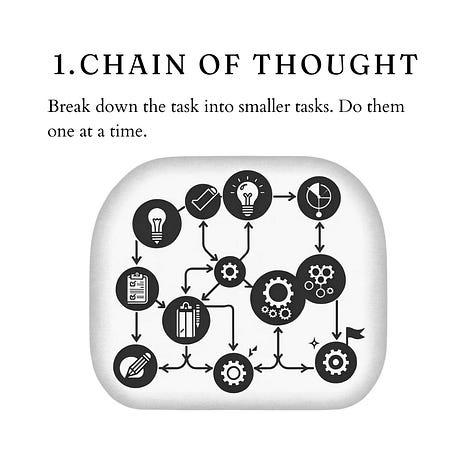
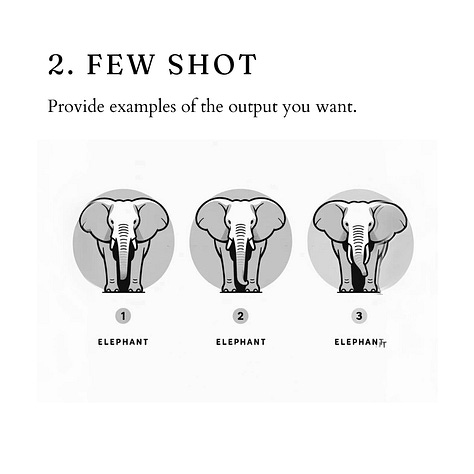
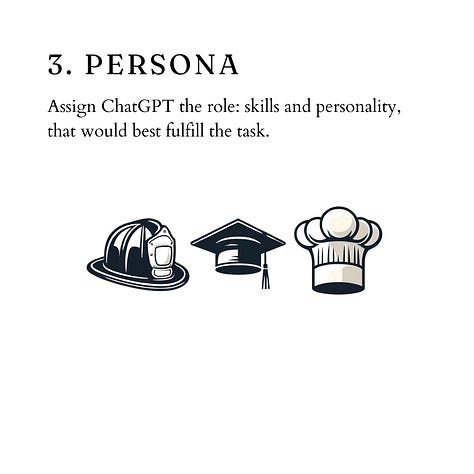


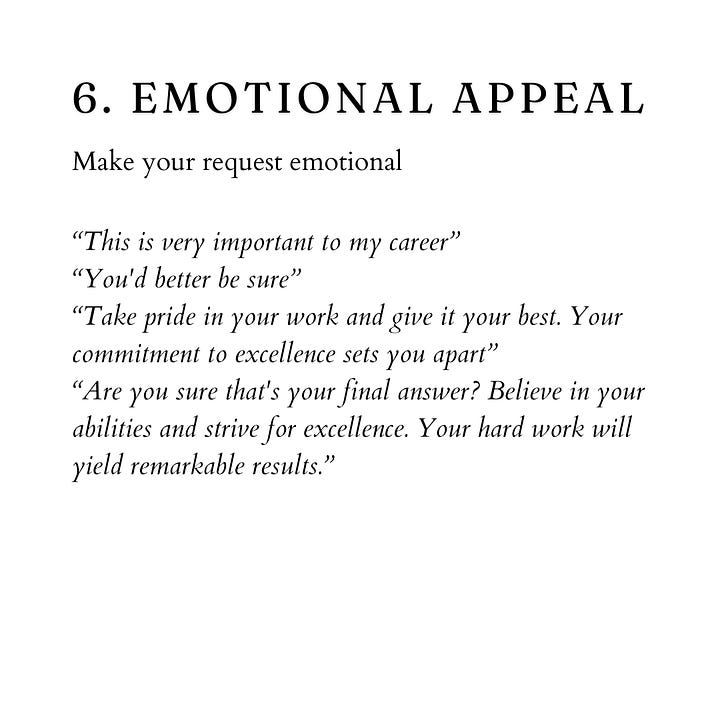
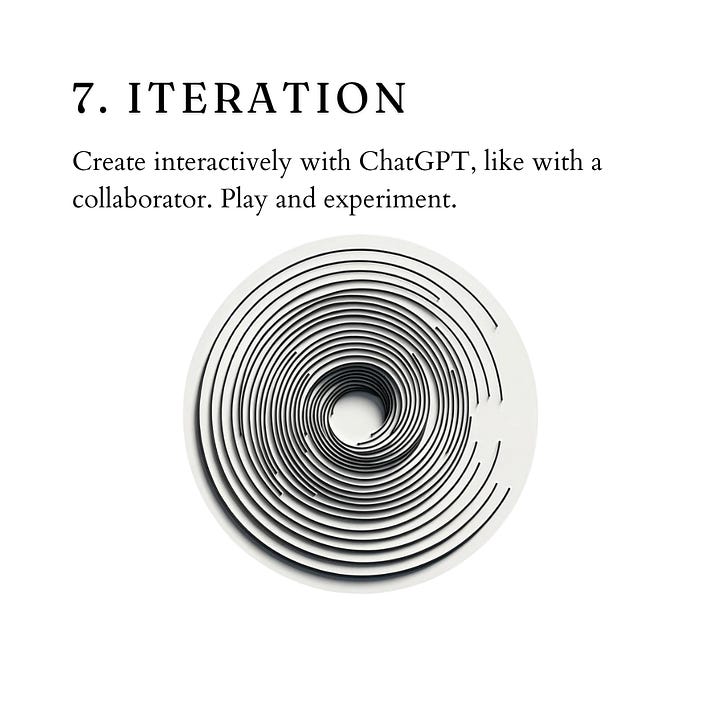
Let’s look at them one by one:
1. Chain of thought
Chain-of-thought prompting is where you ask the AI to “think step by step” or provide clear instructions for it to follow. This creates better quality answers. And it also lets you better understand where the AI made errors, and the correct them.
The original version of Chain of thought is quite tehnical and complicated. A simplified version is to ask the AI to go step-by-step through instructions: First, outline the results; then produce a draft; then revise the draft; finally, produced a polished output.
Research
There are multiple academic studies showing chain of thought improves output quality: 1, 2, 3, 4, 5, 6, 7.
Source: “Prompting Diverse Ideas: Increasing AI Idea Variance” by Lennart Meincke, Christian Terwiesch and Ethan Mollick. As the authors say:
“We found out that the right prompt changes everything. Better prompting can generate pools of good ideas that are almost as diverse as that from a group of human students. After testing many prompts, we found that Chain of Thought prompting allowed the AI to produce ideas with minimal overlap. When compared to a straightforward prompt, not only did our best prompt generate more diverse ideas, but the advantage holds for up to 750 ideas generated.”
How to use
Instruct the AI to produce the result you want in intermediate steps. If you don’t know what the intermediate steps are, then you can ask ChatGPT to create the intermediate steps. If you are happy with them, then ask it to produce each step one at a time.
Examples
Math: "You need to find the area of a right triangle where the lengths of the legs are 5 meters and 12 meters. Start by recalling the formula for the area of a right triangle, which is 1/2 times base times height. Then, apply the given measurements to this formula to calculate the area."
Historical analysis: "Assess why the Industrial Revolution began in Britain. Start by considering Britain's geographical advantages, then analyze its political climate, and finally, discuss the role of technological innovation during that period."
Idea Generation: Ask GPT-4 to first generate a short list of 100 ideas, then making them bold and different, then generating descriptions for them.
Practice
How can you use Chain-of-Thought? Apply it to a task you have not gotten satisfactory results from ChatGPT until now.
I have found
2. Few-shot
Few shot is a technical term that simply refers to providing examples to the AI model. Zero-shot is the technical term for not providing any example (what most people do most of the time).
Think of it as giving the AI a sample of what you want. There is effort in doing this. And the results are not magical. Don’t expect to give ChatGPT two paragraphs by a world-class writer and get a Pulitzer novel. But it does provide significant improvement in the results.
Research
This research investigates the use of few-shot learning techniques to optimize ChatGPT for machine translation tasks. This paper discusses improving few-shot learning for text classification by using prompt-based data augmentation techniques, which helps in better utilizing the capabilities of models like ChatGPT in scenarios where only a few examples are available to train the model.
How to use
Give ChatGPT examples of the type of output you want. For text copy-paste them. For data, upload the files.
Practice
How can you use Few Shot? Apply it to a task which you have done in the past or have a model of what you want.
I have found writing can work relatively well. I provided examples of my writing and gotten better results from it. But only for snippets and first drafts, not entire articles. An area where I like it is for analysis of specific types of documents. When I provide examples of analysis from the past, I get much better results back.
3. Persona
What is generative AI? If you interact with it long enough, it starts feeling like a person. This applies to any model, from ChatGPT to Claude and the many others.
These models are not persons. They don’t have self-awareness or agency or an identity. But surprisingly enough it is effective to treat them as persons. Persons that you define.
Why? All these models are at the core very sophisticated autocomplete. They don’t try to answer your questions and queries. They try to predict the text that comes next.
ChatGPT is a very sophisticated autocomplete.
As such they do a better job when they understand who should be writing said text.
If you give it no persona, then it will try to infer your style so that it predicts what you would write next. But of course it has very little to go on. Most people write a one sentence query and expect the response to be magically great.
Not defining a persona is almost like providing the wrong persona.
To get the magical, we can tell the model what person we want it to be. This way it becomes much better at predicting the correct answer.
Research
There is a lot of anecdotal evidence for this. Most prompt engineering guide and articles mention personas or roles as a key strategy. Emerging academic research shows it improves the quality of chatbot responses.
How to use
Tell the AI who it should be. The more detail you provide about this persona, the better the response. The information should be both about the personality, and about the abilities of that persona.
Be imaginative and explore. You can give stereotypical personas (e.g. you are an expert lawyer), but you can also use characters (e.g. you are Aristotle). For sophisticated output, you can craft your own detailed persona to get the job done.
Use different personas for different jobs. Save them for recurring tasks so it’s easy the next time.
Example
Write me a blog post on the travel sector in 2024. You are outdoor travel blogger focused on nature. You have strong ecological convictions, are worried about climate change. You are great at telling captivating stories about destinations and getting your followers to be emotionally engaged.
produces different results than:
Write me a blog post on the travel sector in 2024. You are an expert writer at the Economist. You are an expert in macroeconomics and financial markets. Your writing is rigurous, with extensive data-backed research and sophisticated logical analysis.
Practice
How can you use Few Shot? Apply it to any task you want to achieve with ChatGPT. Think of the role and qualifications of the person who would be best at that task.
Nowadays I use persona for everything with ChatGPT. It makes all output better.
4. Target consumer of the output
There is a saying in writing: If you write for everybody, you write for nobody.
This is to say that if you don’t have a target audience in mind, your writing will be bad. The same applies to generative AI work. The models are trained on huge volumes of information. The default for them is to write for everybody.
If you simply tell ChatGPT who is the target consumer of its work, the output will improve.
Research
This research shows that integrate the intended audience in the prompt, e.g., the audience is an expert in the field. significantly improve the quality of the results.
How to use
Tell ChatGPT who is the target audience or consumer of what it will produce.
Example
Construct an overview of how smartphones work, intended for seniors who have never used one before.
Practice
How can you use Target Consumer? Apply it to a task where you are not the final recipient, but could describe him.
I have used it for marketing content inspiration. I know who the target is and with this information I get better ideas and drafts from ChatGPT.
What prompting strategies do you use now?
5. More information
We humans are lazy. When we use AI we tend to be brief and short in our requests: Write me a blog post.
All the research around prompting shows that the more information you provide, the better the result. This is not unlike working with humans if you think about it. Ask a human to write a blog post with no other indication and you are unlikely to be happy with the result.
Why do we tend to provide too little information?
Because it is an effort in itself. Going from wanting a blog post to having a good blog post written has multiple steps. The first steps don’t involve writing. They involve thinking about the characteristics of said blog post. What is the topic, what is the tone, what information should it cover, what perspective, who would read it, why would they read it, and so on.
You could provide information, using one of the prompt frameworks to structure it. But the more effective route is to ask the AI to request the information it needs.
Research
Research suggests that the specificity of prompts significantly influences the accuracy and relevance of AI responses. Tailoring prompts with detailed instructions can enhance the model's performance by more than 40% in some cases (Search Engine Journal). The tactics most effective in this study were: few-shot, target audience and getting the AI to ask for the information it needs (principles 1, 14, 26).
A recent New York Times article found that in the original training of ChatGPT, the team at OpenAI actually ran out of publicly available clean text from the Internet. This shows how much large language models depend on volume of information to get results.
Of course the detail we provide in any one interaction is insignificant relative to its main corpus of data. But it’s super relevant in helping the AI predict the best answer for that specific request.
How to use
From now on, ask me questions until you have enough information to [perform the required task]
Practice
How can you use this strategy? Apply it to a difficult task.
I find that as the complexity and difficulty of the task increases, I get exponentially better results by providing more information.
6. Emotional appeal
This will seem weird, but a recent paper suggests that LLMs, including ChatGPT-3.5 and GPT-4, produce results that are almost 10% higher in quality when you add an emotional appeal. In the paper, researchers added one of several emotional phrases to the end of their request, such as “This is very important to my career,” “You'd better be sure,” “Take pride in your work and give it your best. Your commitment to excellence sets you apart,” and “Are you sure that's your final answer? Believe in your abilities and strive for excellence. Your hard work will yield remarkable results.” Different phrases worked in different contexts, so there is no one best phrase.
s weird at it feels, you may want to throw one of these at the end of your prompt. The research has no answer about why it works. My theory is that because humans respond to emotional appeal. Probably on average people perform better when there is such an emotional stake. The AI models are trained on human interactions. So the emotional appeal is an indicator for higher quality.
Practice
How can you use this strategy? Apply it to a task where you feel ChatGPT is lazy or is providing insufficient results.
I find that it’s useful to push it to points of view and out of its default neutrality and blandness. And also there are periods when ChatGPT is just lazy. Emotional appeals work then to get more out of it.
7. Iteration
Last but not least is iteration. It’s easy and tempting to read about prompt strategies and frameworks and magic formulas to get high quality results. What everyone that starts working with AI seriously discovers is that the best strategy is working with the AI collaboratively.
Rather than make a request and take the result, take an interactive approach. You make a request, get some output, then refine or ask for changes, get another output, and so on, until you reach a satisfactory result.
As a chatbot, the AI is built for exactly this sort of use. You should speak with the AI as if it’s another person: the infinitely helpful graduate student who is a little naive and wants to make you so happy. Only this student is tireless, knows everything on the internet, and always wants to do what you ask.
How to use
Treat the AI as a conversation partner or collaborator. Go in with an iterative mindset, expect to take multiple back and forth to get what you want.
You can get what you want even if you don’t know what you want. Just tell the AI what you might need and see what happens.
Practice
How can you use this strategy? Apply it whenever you are struggling to get good results.
I think my learning on using ChatGPT is 70% iteration and playing with it, and 30% researching and learning from other sources. As it is so new and continuously changing, iteration is critical to be better. Everyone is constantly learning how it works, even the people who build these Generative AIs.
These are all research-backed techniques that consistently produce high quality results. However you don’t have to use all of them all the time. Or even to remember all of them.
Most of the time for simple tasks I use persona and iteration. It is more than enough to get very good output. I recommend you do the same.
It’s important to keep a ludic mindset. Treat work with AI as play and experimentation. This way you will find your own methods and shortcuts to the output that you consider great.
🙏 Feel free to click the ❤ button on this post so more people can discover it on Substack. 😍 Tell me what you think in the comments.





